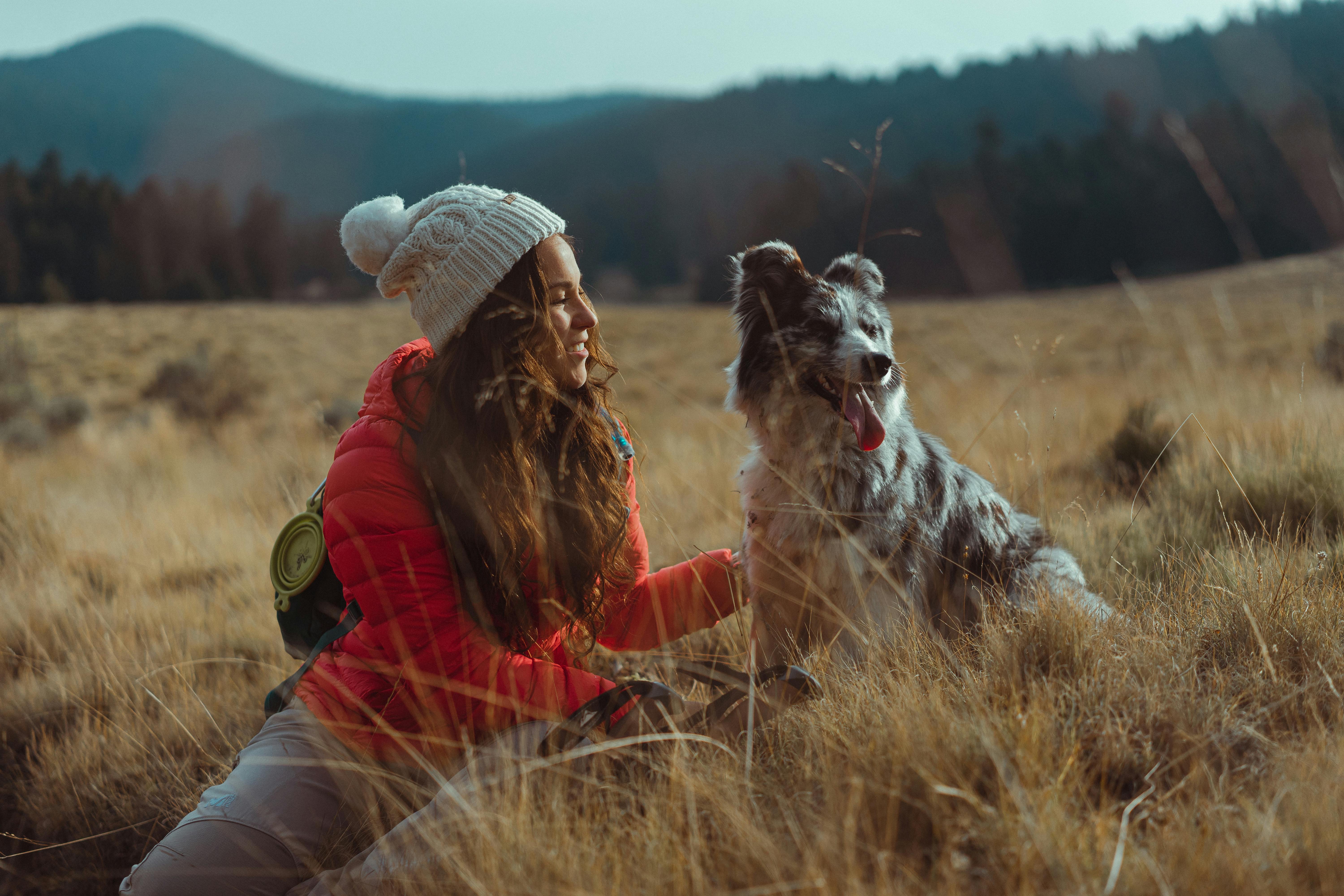
Breeds Notorious for Home Training Issues
Various breeds of dogs are commonly known to be difficult to train. The explanation for house training problems often depends on the breed you have chosen. Hounds, both sight and smell, are distracted in the blink of an eye. They either see or smell something, and the main reason for being outside turns from an elimination mission to a hunt.
The following sight and smell hounds commonly fall into the category of hard-to-house trains: Afghan Hound, American Foxhound, Basenji, Bassett Hound, Beagle, Blood Hound, Dachshund, Irish Wolfhound, Italian Greyhound, Norwegian Elkhound, Saluki and whippet.
Due to their hunting instincts, some spaniels, such as the American Cocker Spaniel, Cavalier King Charles, and English Spaniel, also fall into the category of difficult-to-house trains. They are often distracted and “forget” why they are being taken outside. Working dogs and late-maturing dogs, such as the Alaskan Malamute, Great Dane, Siberian Husky, Mastiff, and Shar Pei, sometimes take 2-3 years before they can be fully trusted.
Terriers are very difficult to tame. Independent by nature, unless their owner establishes their Alpha status immediately, firmly and consistently, terriers will relentlessly challenge their authority. Difficult to house terriers include, American Staffordshire, Cairn, Irish, Jack Russell, Lakeland, Norfolk, Norwich, Pit Bull, Rat, Soft Coated Wheaton, Welsh, and West Highland White.
Small and toy breeds have their own unique explanations for housetraining problems. First, there is the limited capacity of the bladder and bowel. Their owners must take into account and be reasonable in the amount of time allowed between deletions. Due to their small stature, several do not like to get wet, walk through tall grass or snow to do their business outdoors. They also tend to dirty the house, because the vast area where they live overwhelms them. Most dogs do not litter their den, unless absolutely necessary. All small and toy dogs should be restricted to a smaller area, until you are sure they can be trusted to run the house. Small and toy dogs like Affenpinscher, Belgian Griffon, Bichon Frize, Havanese, Maltese, Papillion, Pekingese, Pomeranian, Pug, Schipperke, and Shih Tzu fall into the toughest house train class. The good thing is, they are also generally easy to train to use puppy pads.
Bottom line: If your dog is having house training issues, KEEP CALM and follow these simple rules:
1. Take them outside IMMEDIATELY when they wake up in the morning, using a “keyword” like “potty!” Or out! “EVERY TIME you take them out.
2. Take them outside within 10 minutes after meals.
3. Keep your dog on a regular feeding schedule. DO NOT leave food for them to graze. Limit feeding time to 15-20 minutes. Then take the bowl. If you don’t know what time it comes in, you won’t know what time it comes out!
4. Take them outside IMMEDIATELY after a nap.
5. Take them outside, IMMEDIATELY after an exceptional thrill, such as your arrival home, the arrival of company, or the game.
6. Restrict water 2-3 hours before bedtime. Take them outside for the “last call” before bed.
7. Give young puppies a 10-minute addition outside after they relieve themselves. Sometimes they get nervous or distracted and don’t “finish.”
8. DO NOT reward your dog in the house, so he should be rewarded for doing it outside … it confuses him. Compliments and gifts for this mission should be given outside.
9. DO NOT praise your dog while you are in the process. Praise IMMEDIATELY, when your mission is complete. Some dogs get very distracted or excited when praised; They “forget” to finish!
10. If you cannot supervise your dog until you can trust him, restrict his access to a designated area.
11. Be patient and consistent. If YOU don’t stick to a schedule, it will be more difficult and confusing for your dog to make the necessary associations.